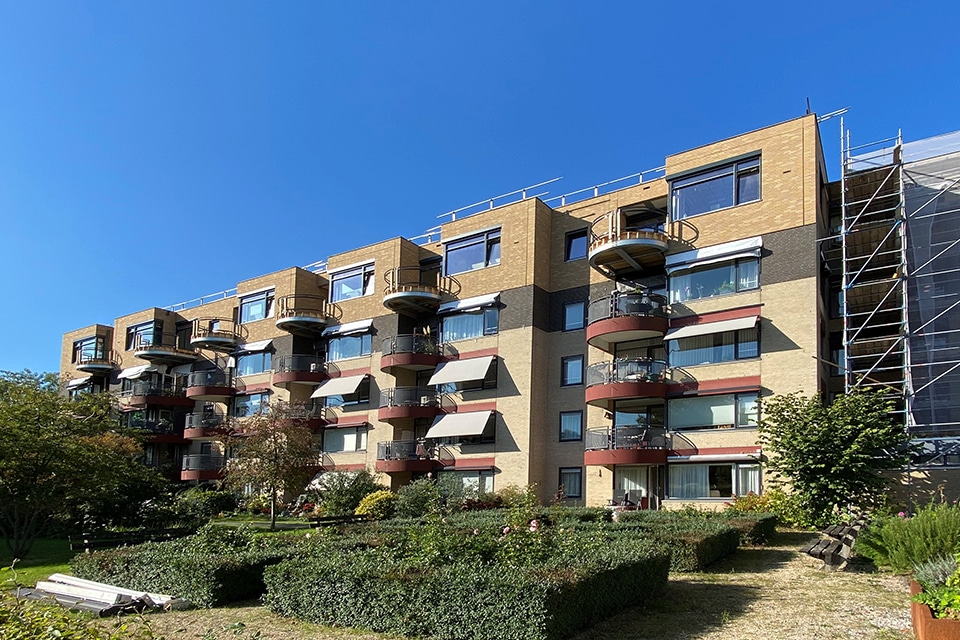
Earthquake loads research in wood frame construction
At BuildinG in Groningen, reent research done on the performance of wood frame construction (HSB) elements in earthquakes. In cooperation with WEBO, Posi-Tech, MiTek, Fischer and TNO, among others, HSB elements were tested on a shaking table to gain insight into their interaction with other building components and their resistance to earthquake loads
The test rig consisted of HSB elements of WEBO in combination with a floor system from Posi-Tech. The results confirm that HSB not only contributes to a more sustainable construction sector through the use of biobased materials and reduced CO2 emissions, but can also play a role in future-proof construction in seismic regions.

Reason for investigation
Timber Construction in larger structures can significantly reduce construction CO2 emissions. To increase confidence in wood construction as a full alternative to traditional construction methods, tests and demonstrations are being conducted to examine stability and performance.
What has been researched?
- The dynamic behavior of different wood flooring systems and finishes;
- The stability of a wooden shell building (two layers) on a circular wooden support structure

On Wednesday, Feb. 12, the first tests were conducted. The shaking table stimulated a light "Groningen earthquake," after which the intensity was gradually increased to a severe earthquake. In conclusion, an additional test followed, based on the Friuli earthquake (Italy, 1973) with a moment magnitude of 6.5.
The HSB elements passed all tests without damage, confirming their robustness and earthquake resistance. This study is just a first step in increasing knowledge about wood frame construction in seismic areas.
Together with the Department of Structural Safety and lecturer İhsan Engin Bal, the interaction between wooden structures and earthquake loads is further investigated. The results will be analyzed and shared with the industry to encourage new insights and innovative applications in timber construction.
Heeft u vragen over dit artikel, project of product?
Neem dan rechtstreeks contact op met WEBO.
 Contact opnemen
Contact opnemen




